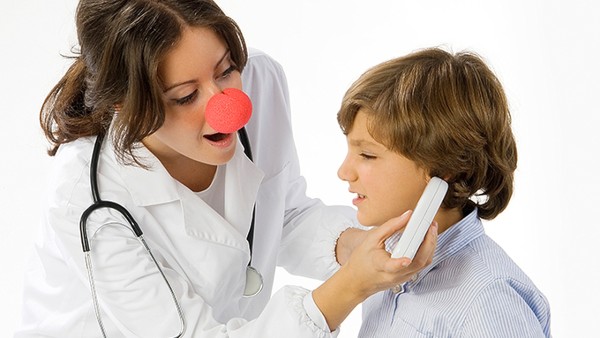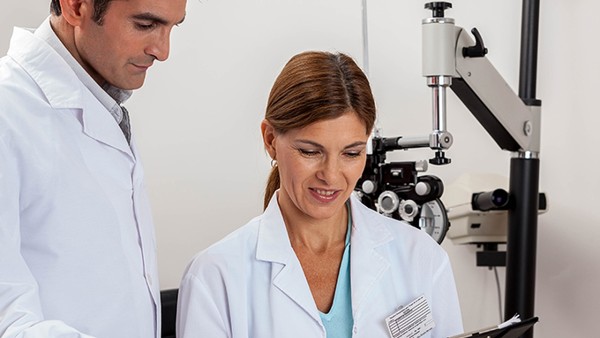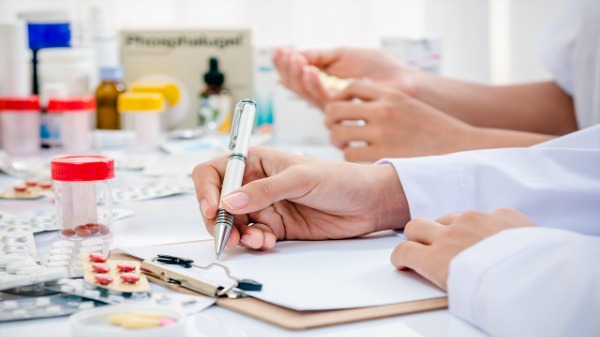Tuberculosis Skin Test to See if There is Any Induration

What is a Tuberculosis Skin Test?
A tuberculosis skin test (TST) is a simple, safe, and inexpensive way to check for infection with the bacteria that cause tuberculosis (TB). The test is also known as the Mantoux test or PPD (purified protein derivative) test.
The TST is performed by injecting a small amount of PPD into the skin of the forearm. The injection site is then observed for a reaction over the next 48-72 hours. If a raised, firm bump (induration) forms at the injection site, it means that the person has been infected with TB bacteria at some point in their life.
Why is a Tuberculosis Skin Test Done?
The TST is used to:
Diagnose TB infection in people who have symptoms of TB
Screen for TB infection in people who are at high risk for developing TB, such as:
People who have been in close contact with someone who has TB
People who live in or have traveled to countries where TB is common
People who have certain medical conditions, such as HIV infection
Monitor the effectiveness of TB treatment
How is a Tuberculosis Skin Test Performed?
The TST is a simple procedure that takes only a few minutes to perform. The test is typically performed by a healthcare professional, such as a doctor or nurse.
To perform the TST, the healthcare professional will:
1. Clean the skin on the inside of the forearm with alcohol.
2. Inject a small amount of PPD into the skin. The injection is given just under the surface of the skin.
3. Cover the injection site with a bandage.
How is a Tuberculosis Skin Test Interpreted?
The TST results are typically interpreted 48-72 hours after the test is performed. The healthcare professional will examine the injection site for a raised, firm bump (induration). The size of the induration is used to determine whether the person has been infected with TB bacteria.
The following criteria are used to interpret the TST results:
Induration of 5 mm or more: This is a positive reaction and indicates that the person has been infected with TB bacteria at some point in their life.
Induration of 10 mm or more: This is a strongly positive reaction and indicates that the person is likely to have active TB disease.
Induration of less than 5 mm: This is a negative reaction and indicates that the person has not been infected with TB bacteria.
What Do the Results of a Tuberculosis Skin Test Mean?
A positive TST result does not necessarily mean that the person has active TB disease. It only means that the person has been infected with TB bacteria at some point in their life. Further testing, such as a chest X-ray and sputum culture, is needed to confirm a diagnosis of active TB disease.
A negative TST result means that the person has not been infected with TB bacteria. However, it is important to note that the TST can sometimes be false-negative, especially in people who are immunosuppressed or who have had a recent TB infection.
What are the Risks of a Tuberculosis Skin Test?
The TST is a very safe procedure. The most common side effect is a small, red, itchy bump at the injection site. This bump typically goes away within a few days.
In rare cases, the TST can cause a more severe reaction, such as:
A large, painful induration
Swelling of the arm
Fever
Chills
If you experience any of these side effects, it is important to see your healthcare professional right away.
Who Should Not Have a Tuberculosis Skin Test?
The TST should not be performed in people who:
Have a history of a severe reaction to a previous TST
Are taking certain medications, such as steroids or immunosuppressants
Have a skin condition that affects the forearm
What Should I Do if I Have a Positive Tuberculosis Skin Test?
If you have a positive TST result, your healthcare professional will likely order further testing to confirm a diagnosis of active TB disease. These tests may include:
A chest X-ray
A sputum culture
A blood test
If you are diagnosed with active TB disease, you will need to take medication to treat the infection. Treatment for TB typically lasts for six to nine months.
How Can I Prevent Tuberculosis?
The best way to prevent TB is to get vaccinated. The TB vaccine (BCG) is a safe and effective way to protect against TB disease. The BCG vaccine is typically given to children in countries where TB is common.
Other ways to prevent TB include:
Avoiding close contact with people who have TB
Covering your mouth and nose when you cough or sneeze
Staying home from work or school if you are sick
Getting tested for TB if you have symptoms of the disease
Taking medication to prevent TB if you have been exposed to someone who has the disease
The above is all the content that the editor wants to share with you. I sincerely hope that these contents can bring some help to your life and health, and I also wish that your life will be happier and happier.
Tags: #to #see #test














